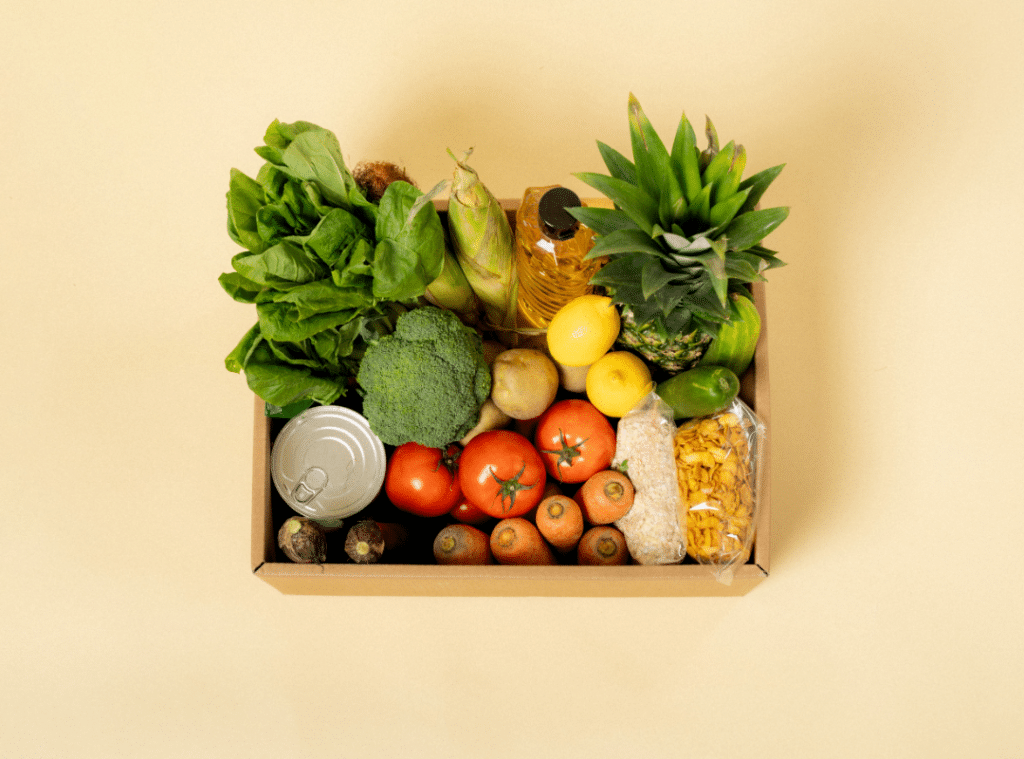Deciding to move to assisted living is significant—and often emotional. Whether you’re preparing for yourself or helping a loved one, using a moving to assisted living checklist can help you stay organized and confident throughout the process.
At The Oaks at Nipomo, we know this change can bring both excitement and uncertainty. That’s why having the right checklist can make all the difference—guiding each step and ensuring nothing gets overlooked. This article will guide you through the essential considerations, from personal needs to emotional preparation, while integrating tools like a free moving to assisted living checklist to help reduce stress and make this transition a positive experience.
For more details, visit The Oaks at Nipomo.
Assessing Personal Needs and Expectations
Before packing a single box, assess your needs. This step lays the foundation for choosing the right community and services.
Consider:
- Do you need medication management?
- Are you looking for help with daily activities like dressing or bathing?
- What kind of social engagement is important to you?
Use a structured tool like the Assisted Living Checklist AARP to evaluate both care and lifestyle preferences. This resource can help you identify what’s most important, including accessibility, transportation options, and activity availability. Don’t forget to include your family in this conversation—they often bring valuable insights that lead to better decisions.
Check out this guide from AARP on assisted living planning for more insights.
Researching and Touring Communities
Once you have a clearer sense of what you need, start researching local options. You’ll want to explore the services, atmosphere, and philosophies of each location.
When touring, keep your Assisted Living Checklist handy. This allows you to document amenities, compare notes, and make informed decisions. Some items to look out for include:
- Dining services and dietary accommodations
- Resident engagement programs
- Proximity to healthcare
- Security and emergency systems
Using an assisted living checklist, AARP, or a printable guide from trusted organizations can help compare your top choices.
The Importance of Location and Amenities
The environment plays a key role in your future happiness. During your visits, evaluate outdoor access, ease of mobility, and available programs that cater to your interests.
- Does the facility have wellness programs or creative workshops?
- Are social activities organized frequently?
- How is transportation arranged?
For those helping a loved one—especially in emotionally charged situations like moving mom to assisted living against her will—focusing on amenities that bring comfort and familiarity can help ease the transition. Emphasizing community, safety, and personal attention can help build trust during this major life change.
Explore how amenities shape community life in this senior community article.
Preparing Financially and Logistically
Cost is a major factor for many families. Begin by discussing finances with your loved ones or a trusted advisor. Some tips include:
- Understanding monthly fees and what’s included
- Exploring insurance coverage or Medicaid eligibility
- Asking about move-in fees and service tier pricing
You can also download a free moving to assisted living checklist that includes financial planning prompts, like account transfers, benefit updates, and insurance changes. This can help you avoid surprises and ensure a stable start.

Essential Packing List for Assisted Living
Packing can be physically and emotionally taxing—but it doesn’t have to be chaotic. Focus on simplifying.
Here’s a basic packing list for assisted living:
- Comfortable, weather-appropriate clothing
- Toiletries and medications
- Family photos and keepsakes
- Important documents (ID, medical records, insurance info)
- Mobility aids or adaptive devices
- Hobby materials or favorite books
Avoid clutter or large furniture unless specifically approved. Many communities, including The Oaks at Nipomo, guide what to bring and offer help with setup.
Family caregivers facing situations like moving mom to assisted living against her will should prioritize familiar, comforting items. These can help ease anxiety and make the new environment feel safe and personal.
Emotional and Mental Preparation
This transition is not just physical—it’s deeply emotional. The person moving may feel grief, fear, or resistance. This is especially true when families feel forced into moving mom into assisted living against her will due to safety or health reasons.
Steps to build emotional readiness:
- Visit the facility ahead of time to build familiarity.
- Decorate the new space with personal items.
- Focus on the positives—such as new friendships, activities, and independence with support.
- Provide ongoing encouragement and maintain frequent visits post-move.
Resources like this psychological guide for transitions from the APA can help families navigate emotional health during the change.
Embracing the Fresh Start
A new living situation can bring renewed purpose and joy when supported by thoughtful planning and an open mind. Encourage your loved one to explore wellness activities, community groups, and hobbies they may not have had time for previously.
At The Oaks at Nipomo, residents are supported with:
- Thoughtful programming
- Nutritious meals
- Enriching events
- Opportunities for personal growth
Use a free moving-to-assisted living checklist to revisit progress and highlight milestones achieved during the transition.
Support Makes All the Difference
The role of family during this time is critical. Whether helping pack, advocating during facility tours, or simply providing moral support, your involvement brings confidence to the process.
If you’re facing challenges like moving mom to assisted living against her will, involve healthcare professionals or care managers early. Their expertise can help bridge conversations and ensure decisions are based on well-being.
For more helpful tips, visit this external article from Caring.com on moving a parent to assisted living.
Celebrate Small Wins
Remember, every step completed from your moving to assisted living checklist is worth celebrating. Whether it’s finding the right community, organizing finances, or packing a favorite quilt—each task brings you closer to peace of mind.
Small wins include:
- Attending a welcome activity
- Personalizing a new space
- Trying a new hobby
- Enjoying meals with neighbors
Celebrate progress and offer encouragement—especially when the emotional weight is heavy.
Your Next Chapter Starts Now
Relocating to assisted living is not the end—it’s the start of a new, meaningful chapter. With the right preparation, supported by a moving assisted living checklist, this life change can bring confidence, comfort, and connection.
Whether you’re using an Assisted Living Checklist AARP, customizing a packing list for assisted living, or working through the emotions of moving mom to assisted living against her will, you’re not alone. The team at The Oaks at Nipomo is here to help.
If you’re ready to explore this new beginning, contact us at (805) 723-5206 or schedule a tour here. Let’s make this move together—with care, clarity, and compassion.








